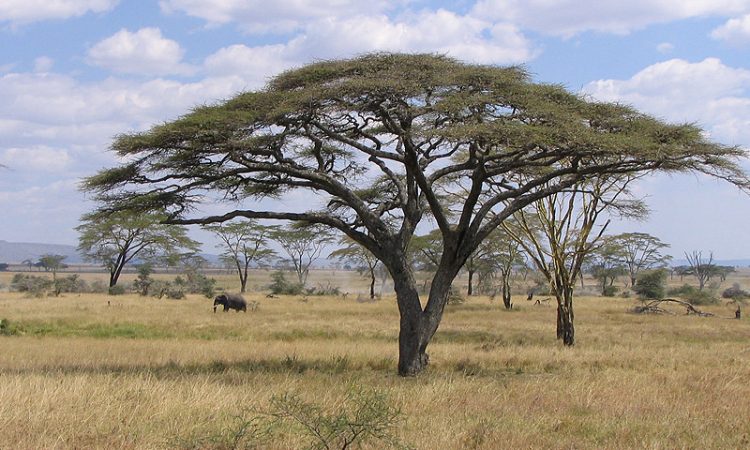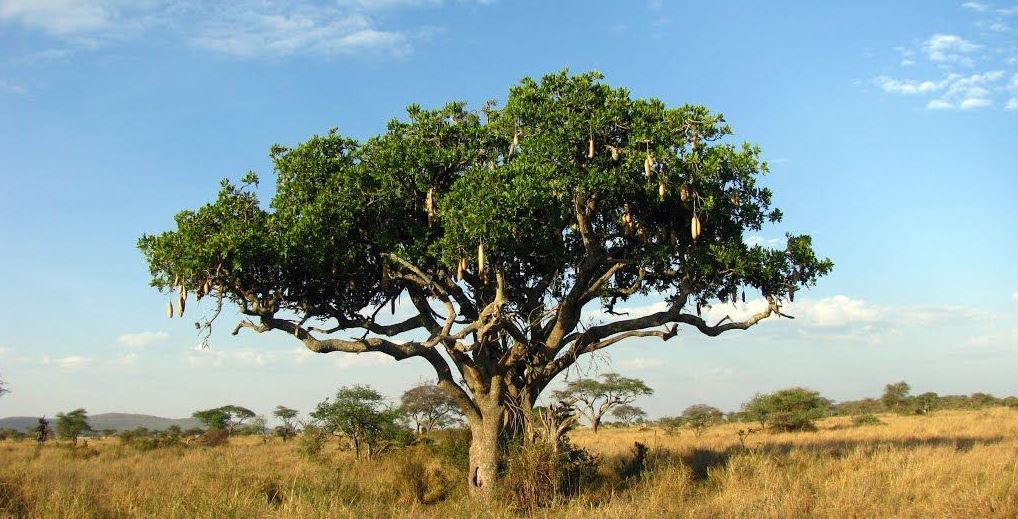Plants in Serengeti national park
Plants in Serengeti national park : Serengeti national park boasts of one of the oldest ecosystems on planet earth, it also doubles as the largest ecosystem on earth. The ecosystem that comprises of wildlife, Serengeti plants, grasslands ie savanna, hills (rock outcrops), forests among others. This diverse land mass occupies an area of 30,000 square kilometers comprising of the plains of Masai Mara stretching to Serengeti national park and encompassing the entire ngorongoro conservation area with the most renown feature in the ngorongoro being the Ngorongoro crater.

The Serengeti is also well known for hosting the annual wildebeest migration one of the greatest wildlife exodus ever recorded on earth, the event sees a movement of over a million wildebeest from the Ngorongoro to Serengeti national park and they cross over to Masai Mara national reserve in Kenya and later return. The movement of the wildebeest is a circular state or clockwise state and it is triggered by weather and rainfall patterns. The migration does not only involve the wildebeest but other wildlife such as the zebras, elands and gazelles it’s only termed as the wildebeest migration because the wildebeests are the ones that constitute of the biggest percentage/ number.

The Serengeti national park plants s consisted of largely the savanna grassland land and dotted trees, some areas are forested therefore creating several vegetation patterns. The existence of the vegetation is as area is as a result of several factors and some of them include.
Rains: rains in Serengeti national park is largely responsible for the existence of the plants in Serengeti national park , the park receive rains in the months of March to May and later the dry spell kicks off from June to October. However the months of November also do receive rains but they are short lived simply do not take long .The uneven distribution of the rains is responsible the various plant covers in Serengeti park.
Temperature: For the plants of Serengeti national park to behave the way they are, the temperatures are partially responsible the Serengeti Park plant growth. The park receives a temperature of 24- 27 degrees Celsius during the dry season and 14 – 15 degree Celsius during the wet season. Therefore this explains why the vegetation consists of short grass with scattered trees my like shrubs.
The general nature of the vegetation covering Serengeti is characterized with short grass which constitutes of almost ¾ of the parks land as well at the acacia trees that are dotted across the land. In total the overall plant population amounts to 314 plant species. Despite Serengeti national park having of the largest ecosystem in Africa and it had been consistent for years, the human interference is starting to slowly have impact in it. Some of the human interferences include human activities i.e. Human settlements, agricultural practices among others.
The human interference at the Serengeti ecosystem has also brought in the existence of other plant species like the colonizing plants such as sesbania sesban, hibiscus hybrids, vernonia poskeana,stringa asiatica and most of them are found in unprotected area. The park also consists of weeds which such as argemone Mexicana, elionurus muticus they are not desirable by the livestock because they are not pleasant to the animals. The other tree species are used as territorial demarcation by wildlife such as lions, elephants, rhinos among others.
Besides the alien species and weeds, the most common plant species in Serengeti national park are acacia tortilis, acacia trees, the sausage trees ( kigelia), acacia dropanolodium .


